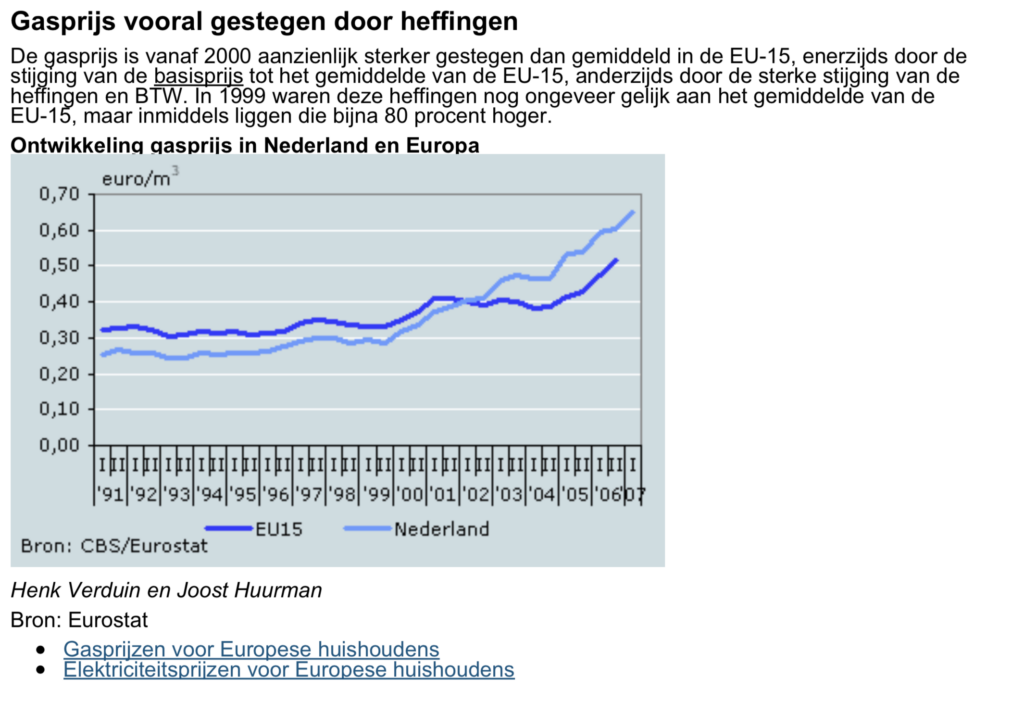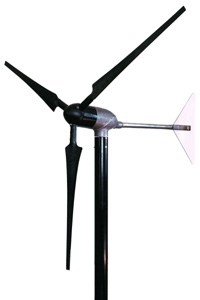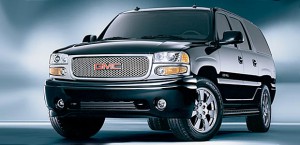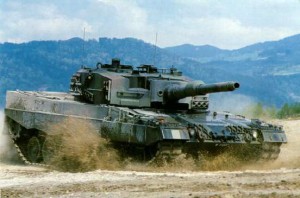Physics
Energy density
Energy in general comes in many shapes and sizes. One characteristic of energy we can define is the density of energy. Basically, density of energy means the amount of energy per measured volume. The denser energy is stored, the more convenient it is usually to store it or use it.
The big advantage of fossil fuels, when compared to most renewable sources, is their high density. A liter of petrol has a very high energy density compared to, for example, a square meter of sunlight. This makes fossil fuels ideal for transportation purposes and centralised energy conversion (CEC). It is more efficient to burn coal in one place, collect the energy and distribute it using an electrical network than it is to have a thousand coal burning electrical generators. Hence the electrical networks that we have built – they serve this centralised energy conversion.
The natural energy resources that we have on earth cannot claim this high density. Although the sun radiates a mindboggling 1.2*1017 W per day to earth (enough energy in one hour to supply total humanity’s energy needs for a whole year !), the energy density is low. This is because this amount is radiated over the whole surface of the earth, and if we want to capture it, a capture mechanism as large as the earth is necessary.
The same applies to windenergy, a said before a direct derivative of solar energy. The energy contained in the wind is huge when measured on a worldwide scale, but its density is low when we measure it in a volume that allows people an easy usage – a square meter of wind flow will only allow us to capture a tiny fraction of total windenergy available. It has a far lower energy density than a similar volume of petrol.
Wrong ideas in the power generation industry
This density problem is not clearly recognized by the power generation industry. This industry is so accustomed to using a CEC process for energy generation that it tries to fold wind energy capture in the same set-up. They build huge (monster) turbines that serve as pseudo power stations. The group these monster turbines into so-called wind farms.
The results of these efforts are rightly critised in the press. The wind farms are a blemish on the landscape and fail to make a great impact on the total energy production.. Therefore, say the critics, windenergy is not the choice of the future. I agree with the critics that the electricity companies’ approach doesn’t hold much ground. But the current failure of windenergy is because the power generation industry doesn’t tackle the problem in the right way.
A wind turbine on each roof.
In order to properly use the massive potential of windenergy, we must do with it as we have done with fossil fuels. We must base our method of capturing and transporting wind energy on the nature of the wind. Just as the high density fossil fuels led us to employ the centralised energy conversion model, so should we understand the low density model of windenergy and employ a decentralised way of picking up wind energy.
The Decentralised Energy Conversion model (DEC) entails the usage of many small windturbines, serving its users very locally – we adapt our capture strategy to the low energy density nature of the wind. The results are:
- Energy generation is done very locally and only for the local needs. Every user can have its energy needs translated into generation that fits that need.
- No expensive infrastructure is necessary. No energy is wasted in transportation or conversion. No black-outs anymore.
- Variations in wind, depending on location and time, do not bring a whole wind farm to a standstill anymore but only a local generation facility. The local generation facility must provide a buffer or an alternative source to overcome the standstill. A fuel cell is an excellent example of such a local buffer.
Small turbines range in size from 50 Watts to 25 kW, with rotor diameters ranging from 1 to 7 meters. They do not suffer from many of the limitations that the large ones have. For example, if you have 20 small turbines producing the same energy as one large one, the probability that all 20 stop at the same time because the wind stops blowing is much smaller than the probability that the huge turbine stops. The small turbines can run freely, not impeded by the rule that they must adapt to a grid frequency – they run as fast as is needed. Their electricity output can be converted from AC to DC, to charge a battery or simply be converted back to AC with the proper frequency to feed the grid – local needs can be met. Their site location is not limited to wide open coastal areas or farms: Roofs on inner cities houses are excellent spots for small turbines. And, very important, they do not raise resistance in the public since their placement does not pollute the horizons: Maximum tower height for a small turbine will be 25 meters, as opposed to the 150m high cathedrals of the electricity companies.
Opponents of small wind turbines always point out that they are not economical in comparison to the large turbines. One point that is always forgotten in that comparison is that small turbines do not need the huge and costly electricity grid. Not building or maintaining such a network will save a lot of money and this will benefit the users of small turbines. The large turbines cannot function without such a network and as such need the huge investments for a large electricity network.
Fusing renewable energies – applying hydrogen technology
Hydrogen will be the energy storage medium for generations to come. Non-polluting, abundant all over the world, easy to produce and easy to store are charecteristics of this element. Hydrogen will complement renewable energy generation and enable renewable energy to be stored or transported everywhere.
for more information on hydrogen, please visit this site.


 (het vorige
(het vorige 
 (here listening to a song about Billy the Goat at the moment the World Trade Center was attacked) had a case when he wanted to find,disable and destroy the infamous Weapons of Mass Destruction (WoMD). After all, nobody in this world needs these devices. Bush, seeing his presidency lack a compelling theme, seized the opportunity and became the lone ranger in search of justice and peace.
(here listening to a song about Billy the Goat at the moment the World Trade Center was attacked) had a case when he wanted to find,disable and destroy the infamous Weapons of Mass Destruction (WoMD). After all, nobody in this world needs these devices. Bush, seeing his presidency lack a compelling theme, seized the opportunity and became the lone ranger in search of justice and peace.
 are unsafe, uneconomical and contribute disproportionally to global warming .
are unsafe, uneconomical and contribute disproportionally to global warming . .
. are 8 times lower than in a collision with a standard car.
are 8 times lower than in a collision with a standard car.